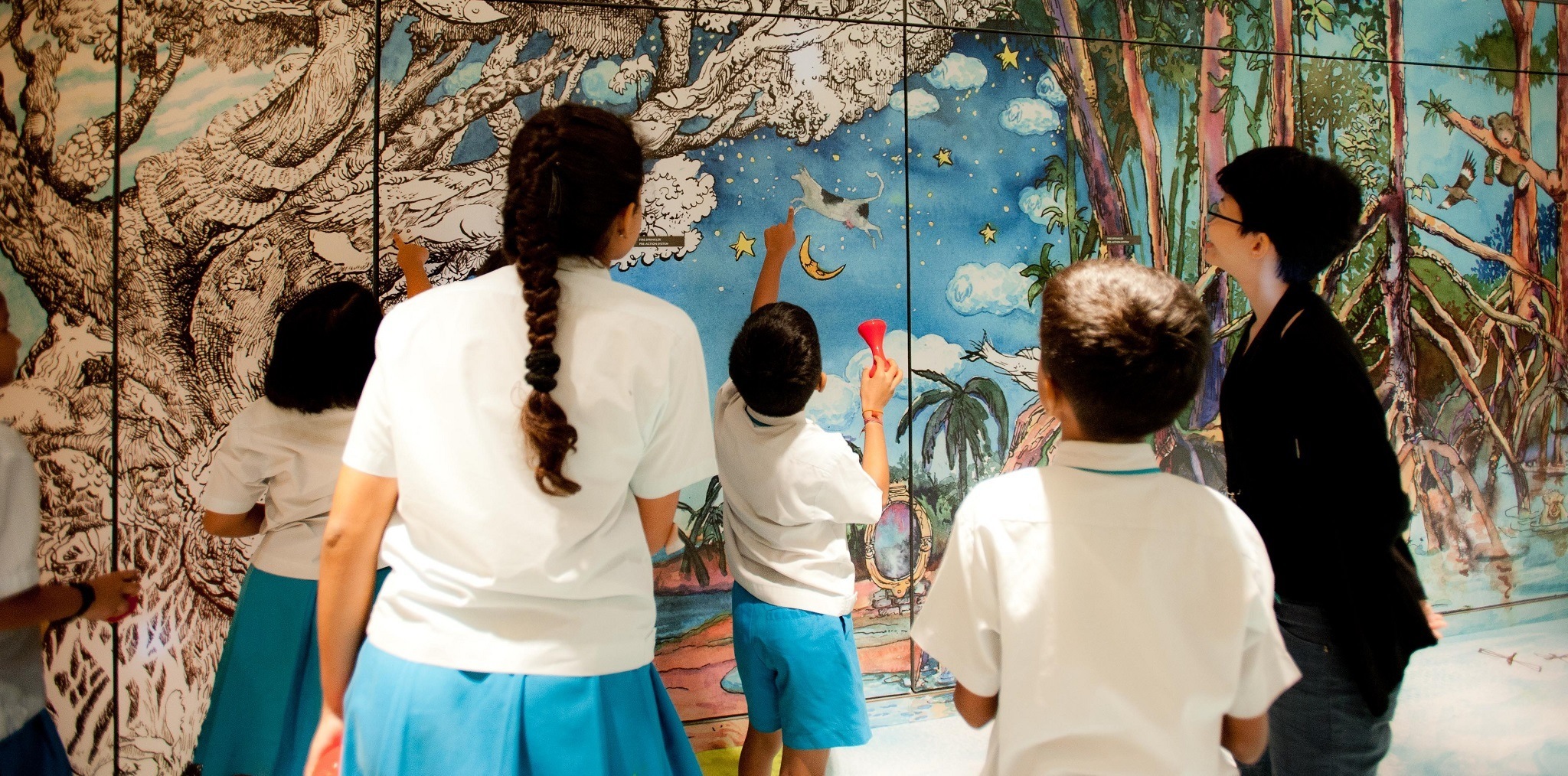By Epoch Newsroom
“I strongly believe that, in a developed country, technology and the arts share a symbiotic relationship, where the two complement each other.” – Mr Nelson Kwei, premier choral director.
“Currently, there is a lack of emphasis on arts education in our local education system,” stressed premier choral director, Mr Nelson Kwei.
Part of the problem, he explained, is that people don’t view the arts in the same way as they view other subjects.
Mr Kwei noted that since most major international choral competitions are held in July, school choirs in Singapore are unable to attend.
He noted that this would not happen if we placed the same emphasis on aesthetic education as we do on math or science.
“The sad thing is we do have music appreciation classes in schools. But because it is [considered] so unimportant, school principals always change them to remedial classes. And many schools don’t even have a proper music teacher,” he lamented.

I fully agree with Mr Kwei.
In a 2001 study, conducted by Xin Yuan from the National Institute of Education in Singapore, students’ were asked about their perceptions of the arts, in general, and the art lessons that they were taking in school.
Almost half of the 356 lower-secondary students surveyed in a local neighbourhood school, thought that art was an unimportant subject. They showed no interest in learning it and expressed dissatisfaction with how their teachers approached the subject.
Different Countries Approach Education in Different Ways
Take Italy, for example, which is a country steeped in the arts and culture.
Not only does it enjoy a rich heritage, but it’s also the birthplace of the Renaissance, the capital of fashion, and home to some of the world’s most coveted art pieces, architecture, music and literature.
When I was told that pre-schoolers in Italy learn about colours and how to draw, before they learn how to read and write, I wasn’t surprised.
The different approaches that Eastern and Western countries take towards education, are due in part to differing social values.
For example, most Chinese people take a utilitarian approach towards education. If they know a particular subject will help them in the future, they’re more apt to learn it.
I recall how my classmates preferred math and science over literature classes, as they thought that the grading system in the arts is too subjective.
Sadly, our pragmatic society and educational system leads us to believe that we have to be practical to score or excel in life.
However, in Western societies, such as Italy, they value aesthetic education and appreciate beauty in all of its wonderful forms.
Schools in Western society, unlike in Singapore, often organise trips to museums, and kindergarten pupils are taught art terms like ‘perspectives’.
“We don’t have a very solid system to begin with,” explained self-taught Singaporean artist, Tom Choo.
“In Singapore’s educational system, from primary school, secondary school to JC, our students are not encouraged to study art, as it is not the main subject.
“Students are mainly exposed to pop art, and when they enrol in Poly, they’ll be studying advertising design, graphic design, instead of fine arts.”
Former gallerist, Mr Howard Yu, concurred, “I think it is a national problem. [There] is no emphasis on art [in school]. Moreover, parents don’t prioritise this area of study.”
Mr Yu’s 85-year-old uncle, Mr Choo Keng Kwang—a renowned first-generation Singaporean artist— vividly recalls how his friends and teachers at Catholic High School laughed at him when he was pursuing an art course at the Nanyang Academy of Fine Arts.
“[They] would laugh at me, saying that I was wasting my life away carrying a bag [of paint and brushes] and hanging around here and there, learning how to paint,” he said.
“Normally, you won’t want to be a full-time artist or paint to make a living. This is the culture that we’ve inherited, so relatively speaking, it’s a very difficult society,” Tom explained.

What Can Be Done?
Singaporean artist Ms Chng Seok Tin thinks that taking children to museums and galleries is an important first step in instilling an appreciation for the arts in Singaporeans schools.
“In Europe, it’s so easy to be inspired by the great art galleries,” Tom enthused. “In Singapore, there’s just a few.”
Chng, who was conferred the Cultural Medallion in 2005, feels that society and/or the government should do more to support artists who’ve devoted their lives to the arts in Singapore.
“These artists are not financially supported, and many talented local artists are not promoted,” she said.
Mr Yu strongly believes that the government should take a lead role in changing parents’ perceptions towards arts education.
“Maybe they could allow organisations to invite gallerists to give talks to their staff,” he said, “and [state] ministers could set good examples by visiting art galleries.”
On a more positive note, enrolment in the School of the Arts—particularly courses in the visual arts and theatre—have risen four-fold, from 240 students in 2008 to 1,058 students in 2014.
But the course fee is really high, warned Mr Choo.
“My grandson studies in NAFA, and the course fee is S$9,000 for three months. If you want to enrol in NAFA, but can’t afford it, how can you pursue your interest?” he said.
Should Students Pursue an Arts Education?
In medieval times, people regarded the Trivium method of learning as the “elementary three”, (grammar, rhetoric and logic), and the Quadrivium method as the “advanced four” (arithmetic, geometry, music and astronomy).
Nowadays, a well-rounded educational programme involves ‘STEAM”, or science, technology, engineering, arts and math (refer to infographic below).

“I strongly believe that a developed country’s technology and arts share a symbiotic relationship, where the two complement each other,” said Mr Kwei, who also serves on the National Arts Council’s Advisory Board for Choral Development in Singapore.
He believes that Singapore should shift its focus from its economy and technology to developing its culture and arts, as well as position creative education on equal terms with other subjects.
“Only then can our people’s cultural literacy improve, and can we cultivate an all-rounded future generation of Singaporeans,” he suggested. “This would be an asset to our country’s development.”
|
















